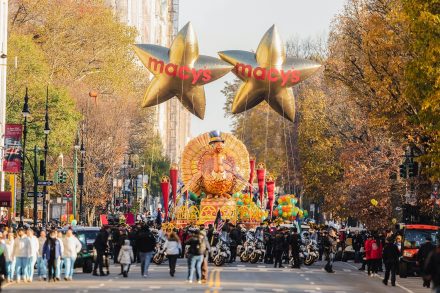Like many travelers, I prefer business class or premium economy over regular economy on long-haul flights. The typical upgrade can be pricey, whether paying cash or redeeming miles, but I’ve encountered several recent cases where premium economy was surprisingly affordable and clearly worth the extra money, points or miles.
On a recent nonstop Air Canada flight from Brussels to Toronto, booked through Aeroplan, economy cost 30,700 points while premium economy was 47,500 points (both with $47 in taxes and fees). That 16,800-point buy-up felt worthwhile for an eight-hour daytime flight because it gave me enough room to work effectively on my laptop.
The onboard differences were tangible. Premium economy passengers could preorder meals online; those meals arrived on ceramic dishes soon after departure and were clearly different from economy offerings. In economy I saw smaller trays with plastic containers and simpler desserts. Drinks in premium economy were served in glasses rather than paper or plastic cups. A basic amenity kit — socks, eye mask, earplugs, a dental kit and a reusable bag — awaited me at the seat; economy passengers received no kit.
Space was the biggest benefit. On the Air Canada 787-9, economy uses a 3-3-3 layout with 17.1-inch-wide seats and about 31 inches of pitch; premium economy uses a 2-3-2 layout with 19.5-inch-wide seats and 38-inch pitch. Seatback screens were larger in premium (11 inches versus 9 inches). Even with the person ahead fully reclined, I still had room to work.
This isn’t an isolated example. When booking an award from Montevideo, Uruguay, to Toronto using American AAdvantage miles, economy was 25,000 miles one-way while premium economy was 35,000 miles (both plus $91 in taxes and fees). The premium cabin only applied to the nine-hour overnight Montevideo–Miami leg, but the extra space to sleep better made the 10,000-mile premium worthwhile to me. For comparison, American’s main cabin extra gives roughly 17.1-inch-wide seats with 34 inches of pitch and about four inches of recline, while premium economy typically offers an 18.5-inch seat with 38 inches of pitch and eight inches of recline, plus a slightly larger screen. On many American flights the inflight meals and service can be similar across cabins, so the main value may be the seat itself.
Virgin Atlantic’s Flying Club sometimes prices transatlantic premium economy for only 4,500 more points than economy (with higher taxes), offering more legroom, greater recline and wider seats for a modest points increment when award availability and dates align.
A few practical tips when considering premium economy:
– Compare the incremental cost in cash or points rather than assuming the upgrade is out of reach. On some dates or routes the buy-up is small.
– Check whether premium economy applies to every flight segment. Some awards or fares only cover premium on select legs.
– Verify the aircraft and seat maps for the specific flight(s) so you know the actual seat width, pitch and layout.
– Confirm which perks are included (checked baggage, lounge access, meal differences, amenity kits). The more genuine perks you receive, the more value the upgrade provides.
– If you’re flexible, search nearby cities or alternate dates. Award pricing and availability can vary by origin and date, unlocking better premium economy options.
– Consider different frequent‑flyer programs and partner awards — the points differential can vary widely by program and redemption rules.
Bottom line: before you book economy, check premium economy fares and award costs. On the right routes and dates, you may be able to get significantly more space and better amenities for a modest additional cost in cash or points — often making the trip more comfortable and productive.




